Photo Gallery
Photos by Rich Hoyer
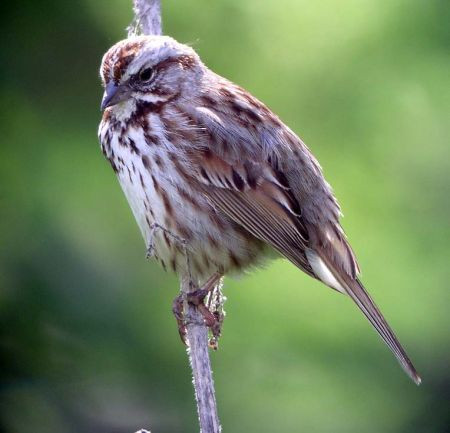
On our first morning, we’ll become acquainted with common western Oregon birds such as this Song Sparrow.
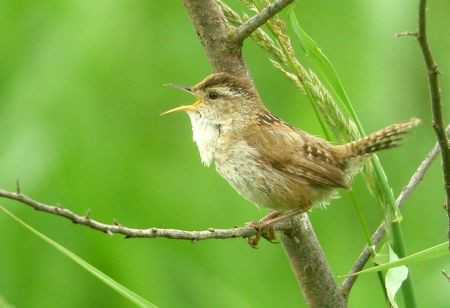
We’ll also visit wetlands where Marsh Wren may be heard and maybe even seen…
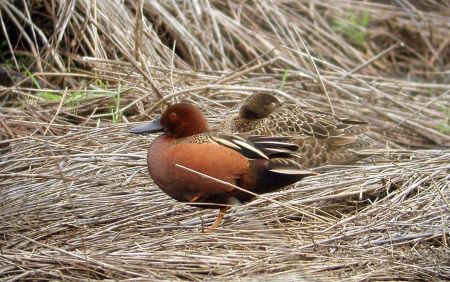
…and elegant Cinnamon Teal pairs are common.
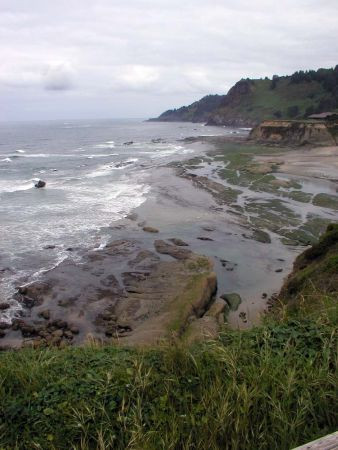
Once at the coast, around every corner is a breathtaking view begging to be photographed.
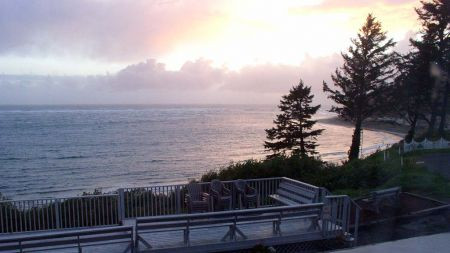
Our two nights on the coast are in the small town of Netarts where our hotel overlooks the mouth of the small bay, famous for its crabbing and oysters.
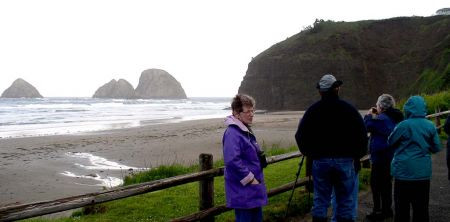
We’ll view the bustling seabird colonies at Cape Meares State Park and Three Arch Rocks National Wildlife Refuge from the quaint village of Oceanside…
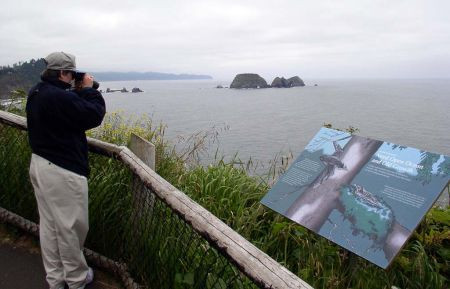
…as well as from the Cape Meares lighthouse…
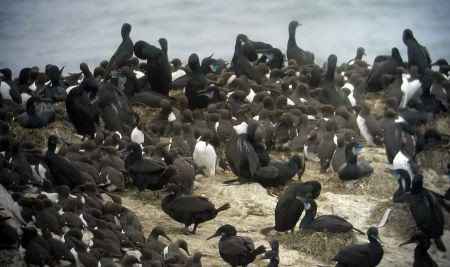
…and also stop at the colony at the Yaquina Head Outstanding Natural Area, where one can watch Common Murres and Brandt’s Cormorants just offshore.
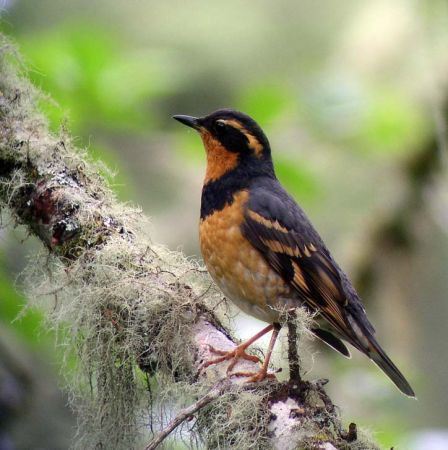
Moving into the Coast Range we’ll hear Varied Thrush’s haunting song from the dark, lichen-draped forests.
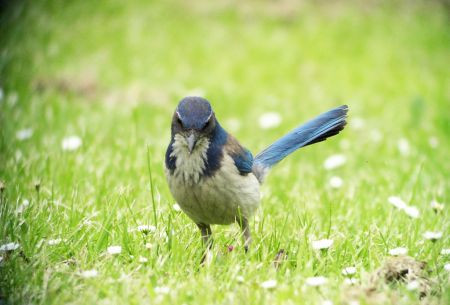
We’re then in the Willamette Valley, where California Scrub-Jay is common and conspicuous…
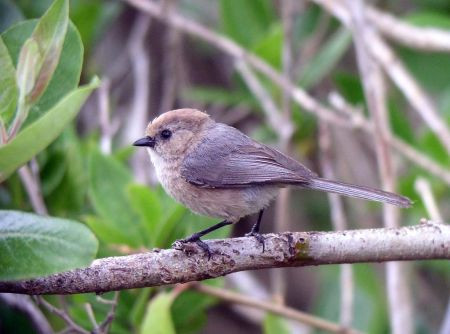
…and the “Coastal” Bushtit is also common but furtive.
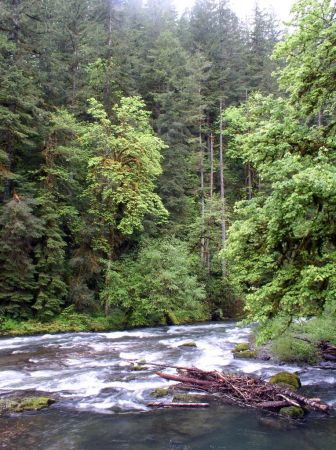
We’ll then drive over the Cascade Mountains, stopping at rushing mountain streams…
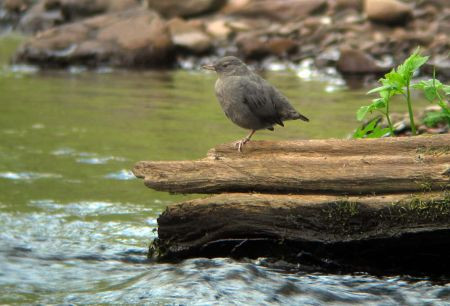
…to look for American Dipper…
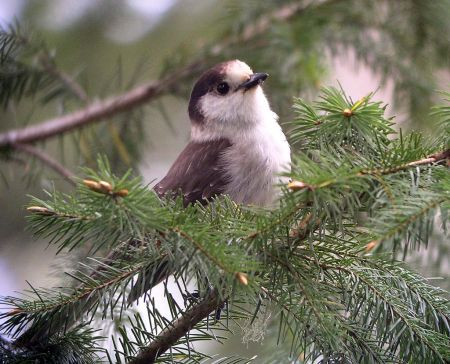
…and the coastal subspecies of Gray Jay, known as the "Oregon Jay"…
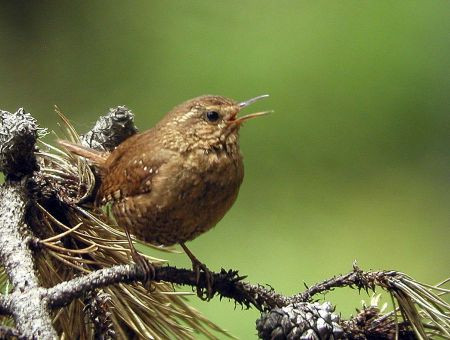
…or the recently split Pacific Wren.
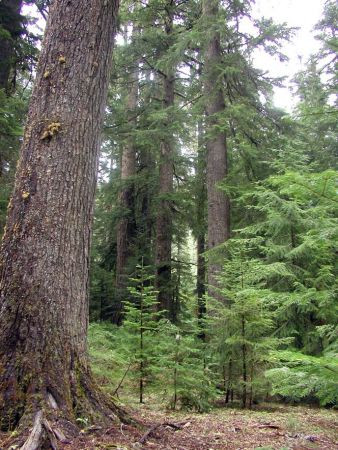
We will of course pay our respects to the ancient old-growth forests.
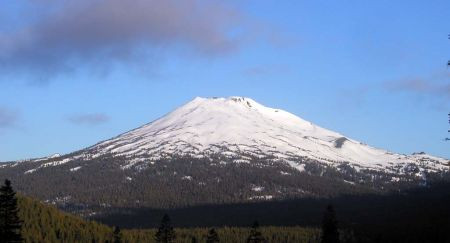
We’ll then spend a morning in the High Cascades, where snow-capped peaks, such as Mount Bachelor, create a distinctive skyline.
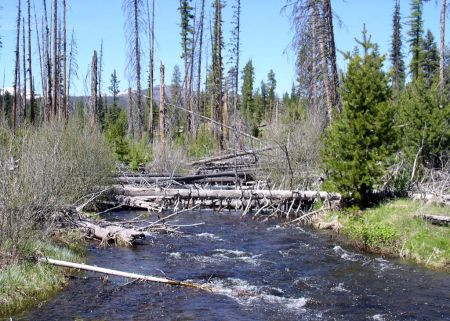
Woodpeckers are at their most diverse in these coniferous forests, thanks in part to the forest fires that create habitat for them.
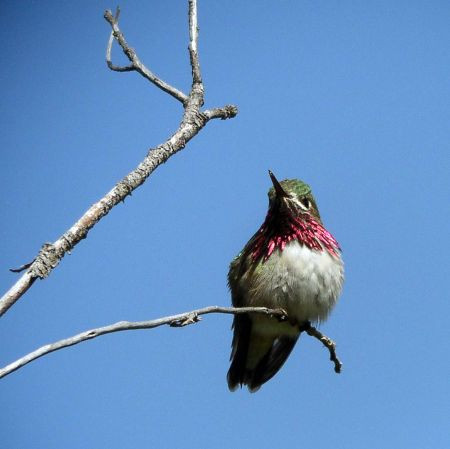
We’ll stop at willow-lined streams where the charming Calliope Hummingbird stakes out its territory…
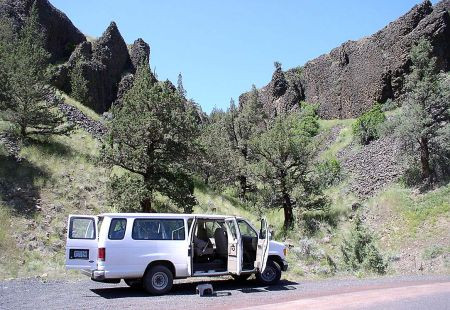
…and we’ll also check draws along canyons in the drier areas…
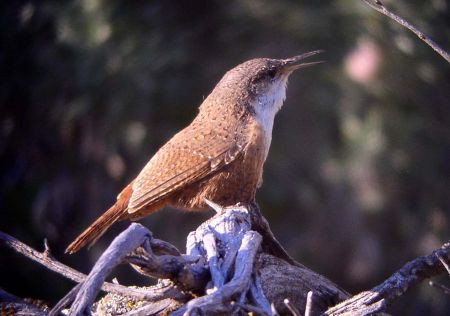
…where the evocative song of the Canyon Wren can be heard.
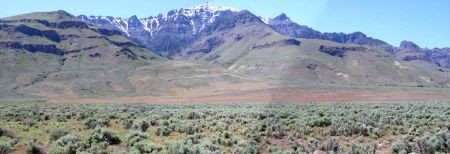
The vistas change dramatically during our days at Malheur National Wildlife Refuge, the fault-block Steens Mountain in the distance dominating the horizon.
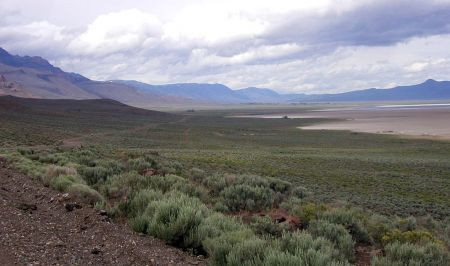
Much of the region is covered in dry sagebrush flats, home to Sage Sparrow and Sage Thrasher…
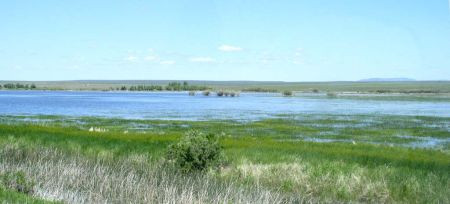
…but the wet areas are even more alive with birds, such as…
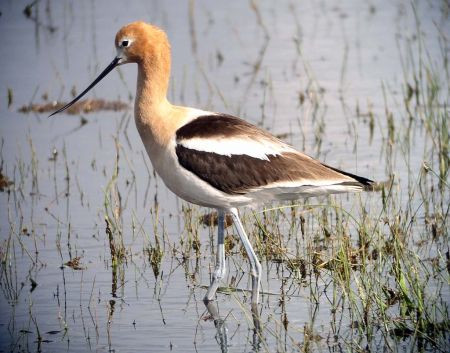
…this intent American Avocet, just one of the thousands of birds in the thriving marshes.
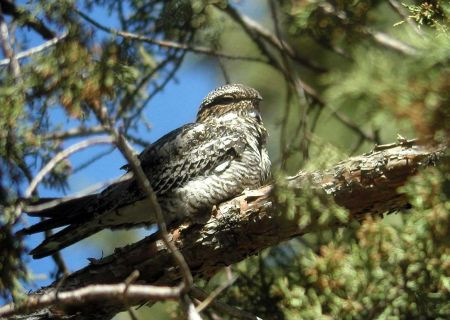
We’ll bird here just as the very first Common Nighthawks are arriving on migration.
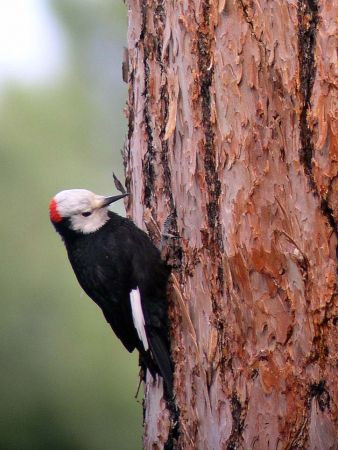
Woodpecker diversity is a highlight of this tour, White-headed Woodpecker always being a favorite…
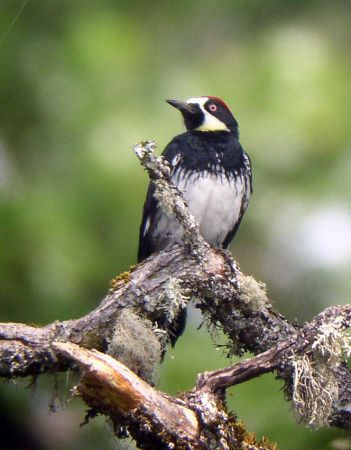
…along with Acorn Woodpecker…
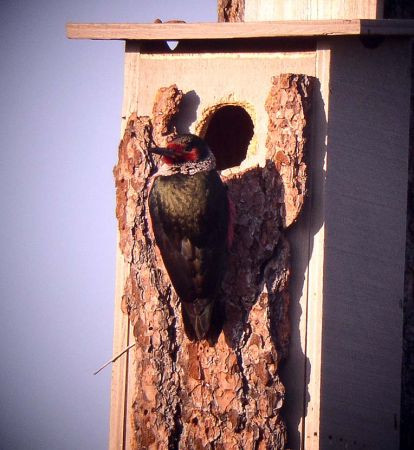
…and Lewis’s Woodpecker.
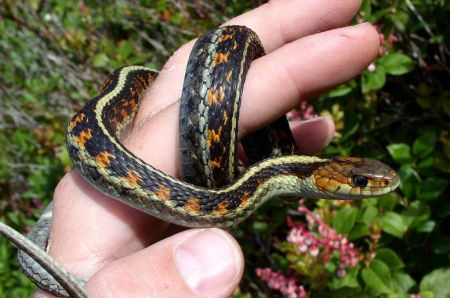
Tours with Rich Hoyer are always a complete natural history experience, here showing a Red-spotted Garter Snake…
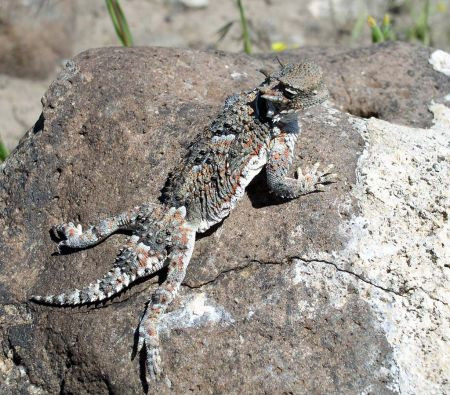
…or stopping to admire this Desert Horned Lizard…
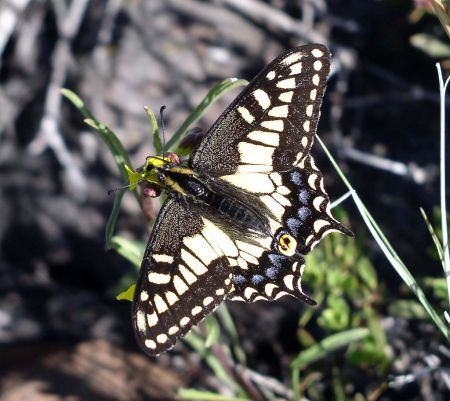
…or this Anise Swallowtail “hilltopping” at Aldrich Mountain…
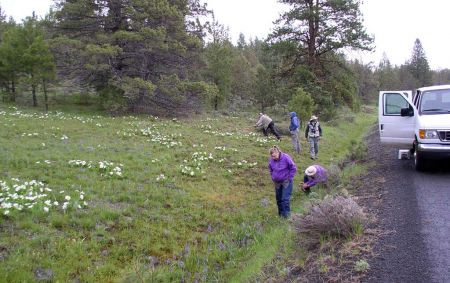
…or even a spontaneous stop to marvel at wildflowers such as White Mule-ears and Small Camas.
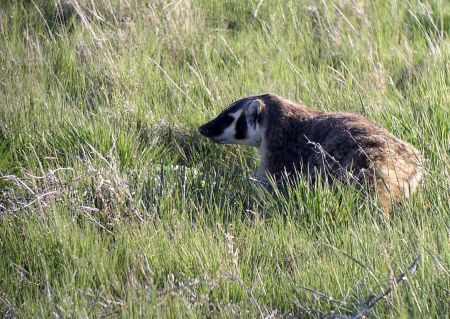
We’ll stop for mammals too. This American Badger was digging a burrow right by a state highway.
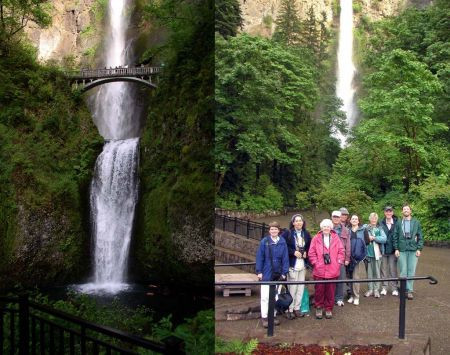
Our final day includes a stop at the famous Multnomah Waterfalls…
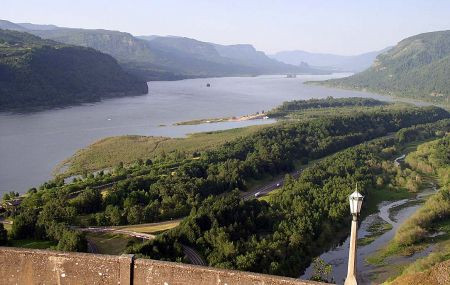
…and culminates in the grand vista from Crown Point just east of Portland.
